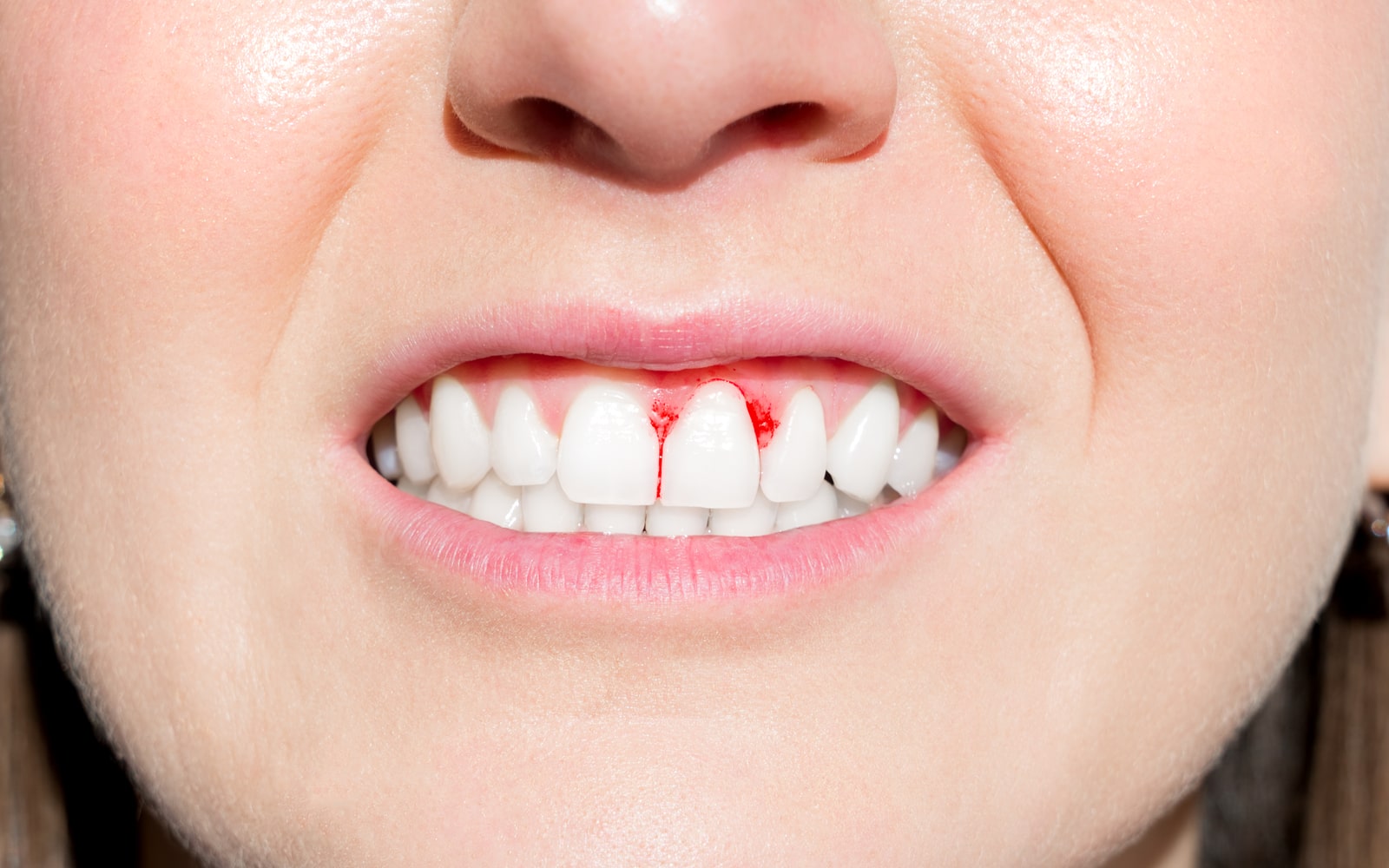With over 65 million adults battling periodontal disease, it’s one of America’s most common health concerns. Periodontal disease comes in two distinct stages, periodontitis and gingivitis. Each refers to a condition where bacteria accumulate along the gum line. Periodontitis is the more severe of the two conditions and poses serious risks to the gums, teeth, and other oral structures. The most effective method to prevent developing periodontal disease is education. You must also maintain a steady oral hygiene routine to prevent its onset.
Understanding Periodontal Disease, Its Risks, and Treatments
While gum disease is among the most common diseases in America, there’s good news. This disease is also easy to avoid and control. Maintaining a complete dental hygiene routine can prevent it, including flossing, brushing, and using mouthwash. This process eliminates bacteria and biofilms like tartar and plaque from the teeth. These substances play a central role in the advance of periodontal disease. Smokers and those with diabetes are significantly more at risk of periodontal disease than others. Entering a smoking cessation program and managing your diabetes are effective ways to lower gum disease risks. Below are some common concerns about this disease.
- When Should I Seek Treatment for Periodontal Disease? Any time you notice the signs of periodontal disease, it’s time to speak to your dentist. It often starts with gums that are more red than pink. They’ll be tender, puffy, and bleed when brushed. Periodontal disease generally progresses if left untreated, so sooner is better than later.
- What Is Periodontal Treatment Like? The details will depend on your condition’s severity. Professional cleaning is a typical first step for less severe cases. Deep cleaning is necessary for more advanced cases. This process, known as scaling and planing, involves using a unique tool to remove plaque and tartar from your teeth. Truly severe cases may require more advanced treatment involving tissue or bone grafting.
If you’ve received treatment for periodontal disease, there are a few things to know about your recovery. While the exact details will vary from case to case, there are some simple guidelines you can follow. You’ll often be administered an antibiotic to help prevent the onset of infection at the treatment site. Depending on the method used, it may be necessary to be careful about cleaning the area.
How Do I Continue To Prevent Periodontal Disease?
The most important part of maintaining oral health is a dental hygiene routine. You’ll also need to keep up with twice-yearly dental cleanings. Sometimes, your dentist may tell you that your condition will require more frequent cleanings to help during the healing process. Once your teeth have fully recovered, you’ll be able to return to a less intense series of cleanings. If you’re concerned you may be battling periodontal disease, contact your dentist for a consultation. It’s vital to begin treatment immediately to prevent lasting repercussions.


